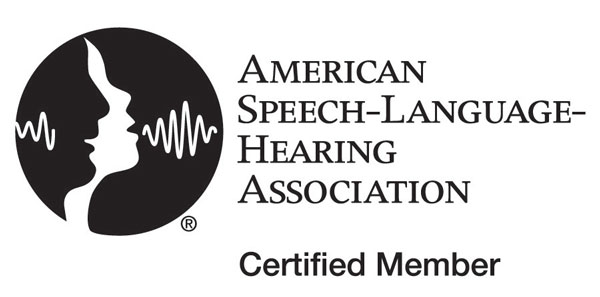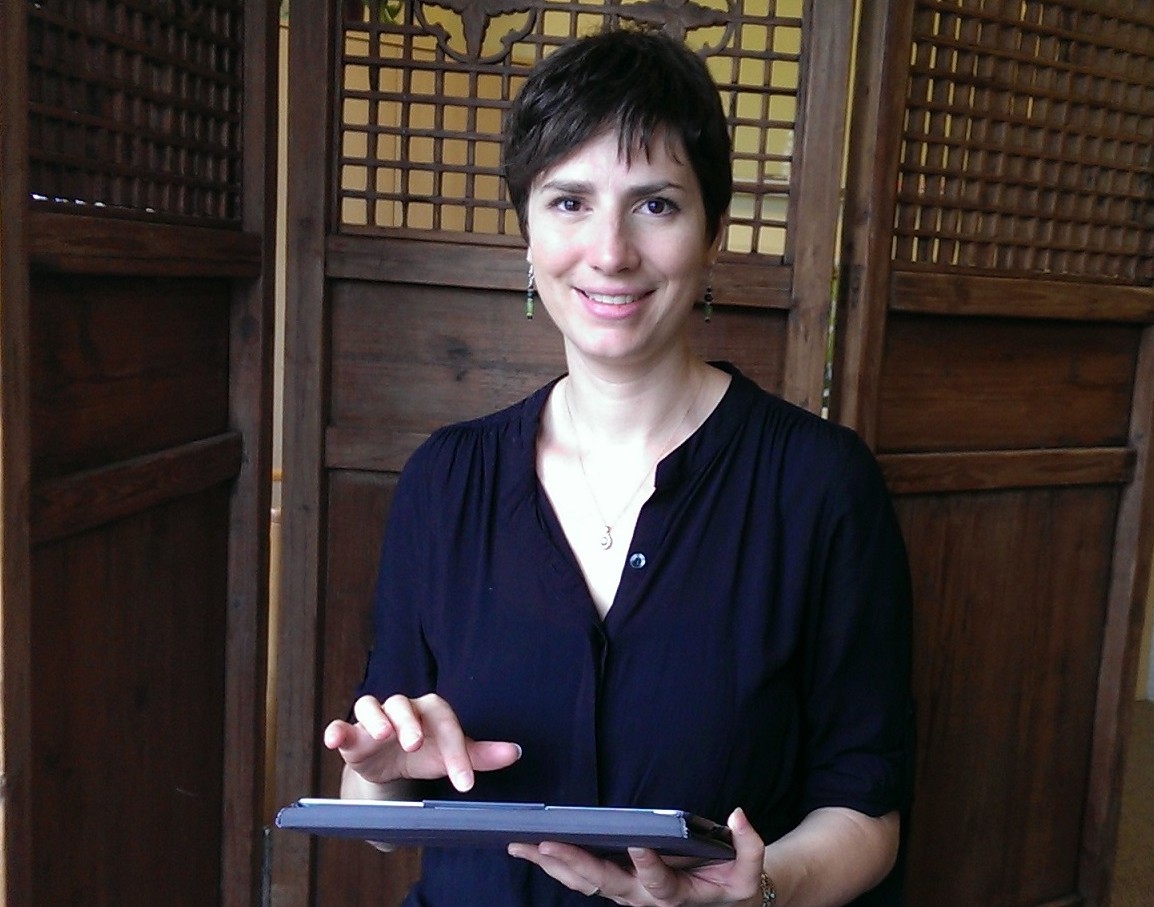We are so excited to be at ASHA this year! We flew in on Tuesday, so we could hang
out in Chicago a little before feeling the press of the crowds at the convention
hall. And I’ve been reading articles about the ASHA convention. Sean Sweeny wrote
about his experience as a presenter in Easy Speak magazine. He is quite funny! When
I hear a presenter speak, I’m usually just caught up in all the good information
that they share; I never think that they *might* feel tense before walking up to the
podium. I suppose being in the spot light makes everyone tense the first time or
two… Can’t wait to actually hear what some of our presenters have to share and
see what’s new in the exhibit hall! I hope to have better insight into science and
service delivery working together. What a great theme!
My interpretation of it of course comes down to how we use technology tools to
enhance our therapy interactions. As it stands, I am a data driven therapist. I
collaborate with another speech therapist to offer social skills/ articulation
groups once a week. We plan out lessons together and then we each do our favorite
things during the session. Play with kids, laugh, and teach. We read the stories
and collect the data. Tap tap tap… 🙂 Then we use that data to direct the focus
of our next session, and we also like to think that we are always using evidence
based practices.
The reality about evidence based practice is that there is a small pool of knowledge
for what we KNOW works. Many of our interventions fall into the area of “don’t know
for sure but it doesn’t hurt.” So I like to rely on my treatment data to drive
intervention decisions.
Tracking data for some things seems black and white- 69% correct for final /s/ in
sentences. But it’s actually more complex than just that. What compensations did
the individual use? How much support in the way of verbal, visual, and tactile cues
were provided by the therapist? What was the environment like? Were the activities
high structured or low structured? All of these variables influence performance.
It’s true for articulation, it’s true for eye contact, and it’s true for any
exercise that you ask your clients to participate in.
If you are not tracking the complexity of the scenario, then your data could falsely
give the sense that progress is not being made. So I keep track of context. And
that is how I keep science in my sessions, driving the decisions that I make for
service delivery.
Really looking forward to hear how others interpret this theme. And hoping to walk
away with more insight for my clinical practice…. And maybe a few new friends!
Best,
Jessica




